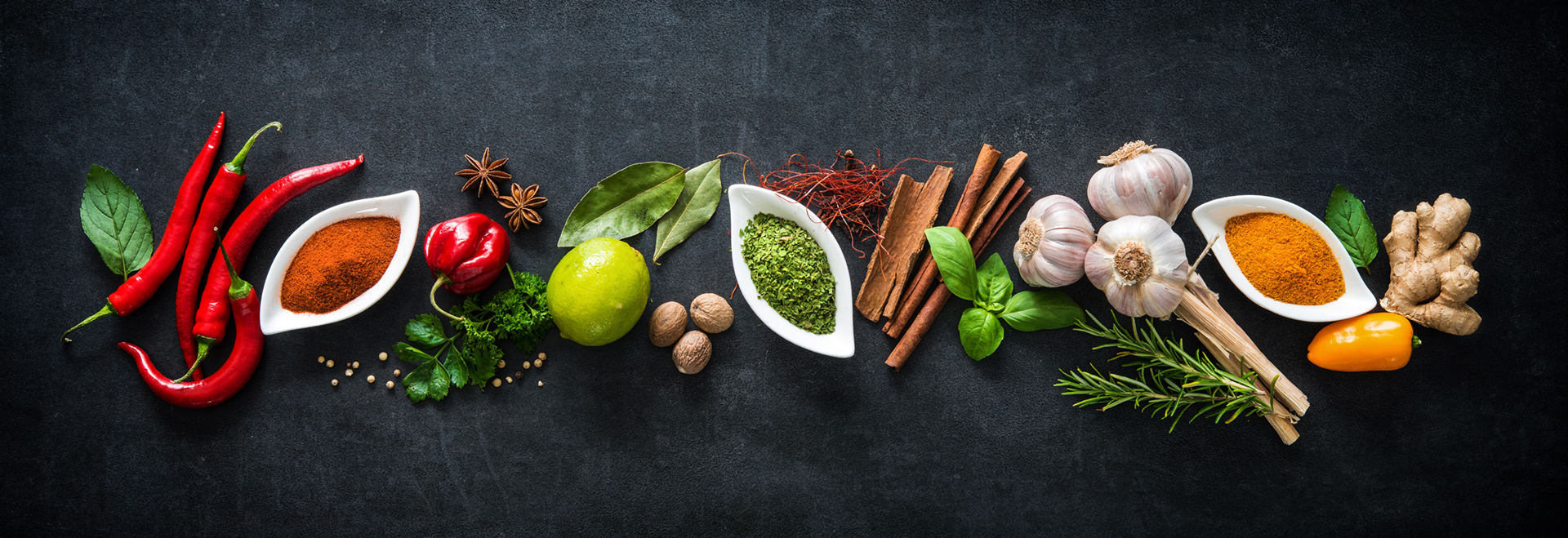Top Trends in Food & Nutrition 2017
Taking today’s consumer trends into consideration can be decisive for a successful new formulation and product launch. Early in the process food manufacturers need to plan which front of pack communication they want to use and choose their ingredients accordingly. This article discusses the latest food and nutrition consumer trends, gathered from the 2017 trend reports by Innova Market Insights and Mintel, and helps you understand what consumers are looking for when they are making an in-store product choice.
1. Clean Label – Clean Supply Chain
Clean label, “free-from”, natural, organic… The number 1 consumer trend, this year called “Clean Supreme” by Innova Market Insights, has been on Innova’s list since 2008 and has become a new global standard in food manufacturing. This sector has been growing world-wide with double digits in the past five years: Europe +17%, North America +18%, Africa +13% and in Latin America as much as +37%.
Although the basic idea of this trend stays the same, it changes from year to year and nowadays it is very much about cleaner formulations, trans- parency and less invasive processing technologies. Total transparency is expected throughout the supply chain, where one can see a trend for claims such as “environmentally friendly” and “animal welfare”, which has grown at respectively +72% and +45% per year between 2011-2015.
2. Plant Based Foods & Alternative Proteins
Consumers are becoming increasingly concerned about the welfare of the planet and are turning to plant based products and alternative proteins that are less invasive to the environment than animal based products. Even dairy companies are using plants in new product development, such as wheat milk and soya yoghurt. New product launches with plant- based claims has increased by +63% between 2011-2015.
A much wider consumer base is turning to vegan and vegetarian products, just to eat healthier and cleaner. A new trend is to become a flexitarian, only eating meat from time to time. In the US a trend called “Meatless Mondays” is getting very popular lately.
3. Low Sugar Foods
Although sugar is still key for the sweetening of food and beverages, the trend towards low sugar and alter- native natural sweeteners is strong. The growing problem with diabetes and obesity is an underlying reason for WHO’s new guideline to reduce the daily intake of sugar by 10%, but the general trend to eat healthily and naturally also drives this trend.
The fastest growing sugar claim is “low sugar” where the global product launches have increased annually by +32% between 2011-2015.
4. Ethnic Cuisine
Thai, Indian and Mexican are some of the most popular ethnic foods that are part of the trend called “Ethnic cuisine” or “Kitchen symphony”. As a result of our multi-cultural societies, consumers, even very young children, are increasingly appreciating international flavors and look for greater choices and higher authenticity in ethnic food products. Simultaneously, interest in local and regional foods is also booming in some countries.
5. Feeling Good – Personalizing Your Food
People are becoming more aware of what their food does to them and choose to eat what they believe makes them feel good. They personalize their food intake, and like to experiment with free-from products and healthy ingredients such as proteins, fortifi- cation, prebiotics and probiotics. This also brings greater awareness of nutri- tional values. The interest in nutritious ingredients such as pea protein and pulses rose in 2016, the year declared as International Year of Pulses by UN, and this trend seems to continue.
6. Encapsulating Moments
“Encapsulating Moments”, another trend on Innova’s list, is about products targeting a special eating occasion, with the underlying idea that different moments require different snacks. This trend drives innovation in both the sweet and savory snacking sector. As an example chocolate launches with herbs and spices increased by +26% over the past five years.
7. Ancient Grains
The use of ancient grains, such as teff and quinoa, is nowadays attracting interest from more than just health- food enthusiasts. This is part of the trend to turn to natural proteins and more environmentally friendly foods. Ancient grains are generally con- sidered to be grains that have been passed down through the millennium intact and have not been hybridized as wheat has. Lately we have even seen ancient grains like quinoa and ama- ranth included in vegan chocolate bars. Read more about quinoa, “The Mother Grain”, on the following spread.



